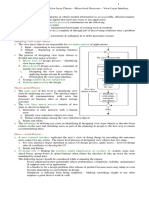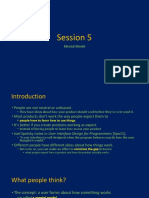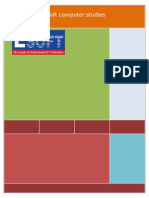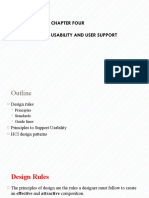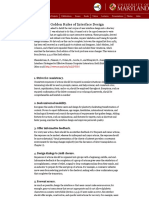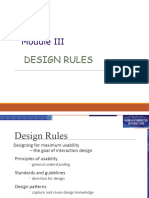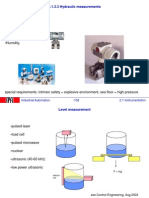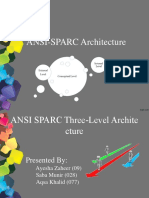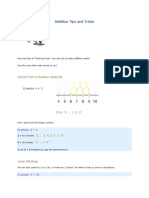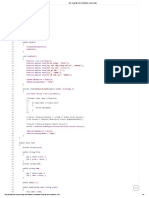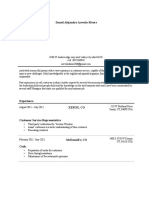0% found this document useful (0 votes)
20 views35 pagesUidesign Key
The document outlines key principles of UI design, emphasizing usability and user experience over programmer priorities. It presents four main principles: knowing your user, treating UI as a dialogue, aiding memory, and the importance of visual design. Each principle includes specific strategies and considerations for designing effective user interfaces.
Uploaded by
yran20001109Copyright
© © All Rights Reserved
We take content rights seriously. If you suspect this is your content, claim it here.
Available Formats
Download as PDF, TXT or read online on Scribd
0% found this document useful (0 votes)
20 views35 pagesUidesign Key
The document outlines key principles of UI design, emphasizing usability and user experience over programmer priorities. It presents four main principles: knowing your user, treating UI as a dialogue, aiding memory, and the importance of visual design. Each principle includes specific strategies and considerations for designing effective user interfaces.
Uploaded by
yran20001109Copyright
© © All Rights Reserved
We take content rights seriously. If you suspect this is your content, claim it here.
Available Formats
Download as PDF, TXT or read online on Scribd
/ 35

